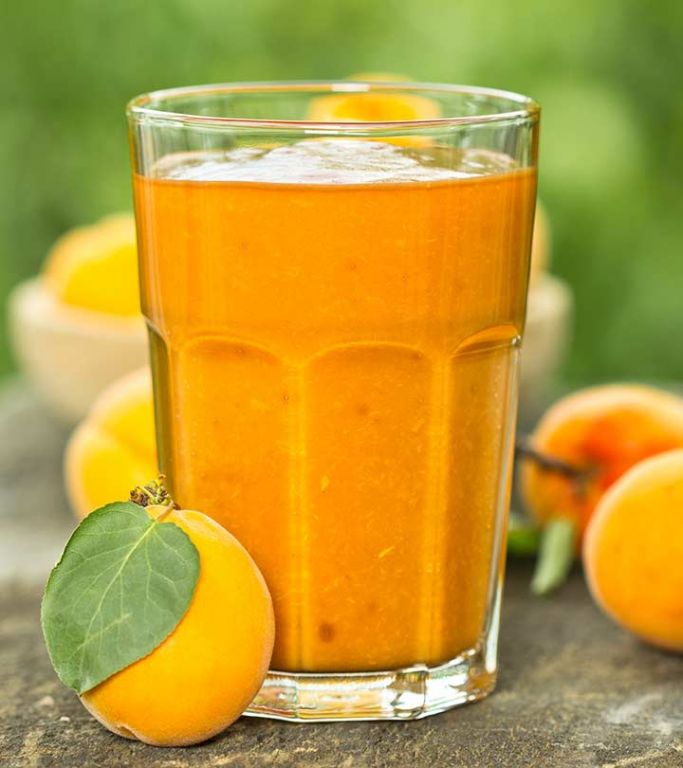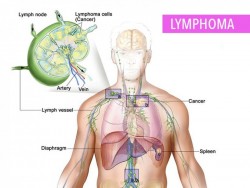
When a child complains of joint or leg pains, parents or caregivers may be concerned. Usually, the discomfort will simply be growing pains that will go away on their own. However, people should be aware of the signs and symptoms that may indicate something more serious.
Growing pains are a common cause of leg pain in children. These pains are muscle aches that can occur in the thighs, behind the knees, or the calves.
Other possible causes of leg pain that may be more serious can include juvenile idiopathic arthritis (JIA), lupus, Lyme disease, and leukemia.
In this article, we look at what we commonly refer to as 'growing pains,' what they are, and how people can treat them at home. We also cover other possible causes of joint pains in children and when to see a doctor.
Research suggests that more than 30 percent of school children experience chronic musculoskeletal pain. In around half of these children, the pain is due to growing pains.
Growing pains most often occur during a child's preschool and preteen years, and they usually disappear by their teenage years. These pains are harmless and are not a sign of a serious condition.
Growing pains typically occur in the thigh and calf muscles or behind the knees, but sometimes can also happen in the arms. Children with these types of youthful pains may experience cramps or aches that can range from mild to severe.
People used to think that growing pains were the result of the bones growing during growth spurts. However, doctors no longer believe this to be the case, as there is no evidence that growth causes pain.
There is no specific treatment for growing pains. However, the following home remedies can help ease a child's discomfort:
A warm bath: Bathing in warm water, especially before bedtime, can help reduce aches and pains and promote sleep.
Massaging: Gently massaging or rubbing the affected area can make the child feel better. Merely holding or cuddling the child may also help.
Stretching: Gently stretching the calves and thighs during the day may ease or prevent symptoms. However, stretching exercises may be challenging for younger children. Ask a doctor what types of exercises are best.
Warmth: Try applying a heating pad or hot water bottle to the affected area. Make sure these are not too hot and take care to protect the child's skin from burning. Do not use these items during sleep.
Painkillers: Over-the-counter (OTC) medication, such as acetaminophen or ibuprofen, can help relieve aches and pains on an occasional basis.
People should not give aspirin to children. Doctors do not recommend aspirin for children, as they have linked it with a rare but serious condition called Reye's syndrome.
Joint pains in children can sometimes be a sign of a more serious underlying condition, including:
If a child frequently complains of joint pain, then juvenile idiopathic arthritis or JIA may be the cause.
JIA can cause pain and swelling in one or more joints. Unlike growing pains, it can also affect a child's movement or strength.
There are several different types of JIA and symptoms can vary, so it can be difficult for a doctor to diagnose. However, early diagnosis and treatment are vital because JIA can affect bone growth and lead to permanent complications.
Systemic lupus erythematosus (SLE), or lupus, is an autoimmune disorder that can affect nearly every organ in the body. Lupus is very uncommon in younger children, but becomes more common in the teenage years, especially in females.
Lupus is a long-term condition, and symptoms can range in their severity. However, early diagnosis and treatment can improve the outlook.
Insects called ticks can spread a bacterial infection known as Lyme disease. The ticks carry a bacterium called Borrelia burgdorferi that they pass onto people when they bite them. These ticks tend to live in grassy areas and woodlands in particular regions and feed on animals, such as mice and deer.
Anyone who lives or spends time in an area where Lyme disease occurs can become infected, but children who spend a lot of time playing outside are at greater risk.
To prevent Lyme disease, children should wear long pants and long-sleeved shirts. Parents or caregivers should also check the child's whole body for tick bites after they have played outdoors.
Following a tick bite, it can take up to 3 weeks for the rash to appear. Joint pain can sometimes be the first and only symptom in children.
Early diagnosis and treatment of Lyme disease are critical to prevent severe complications. Anyone who suspects an infected tick has bitten their child should see a doctor, as soon as possible.

Leukemia is a cancer of the blood that starts inside the bone marrow. It is the most common type of cancer in children. Leukemia can cause joint and bone pain, usually along with other symptoms.
The treatment options and outlook also depend on the type of leukemia that a doctor diagnoses in a child.
Growing pains may simply be aches that result from children running, jumping, and climbing while playing, during the day.
Growing pains may also be related to other factors, such as fatigue, restless leg syndrome, low pain tolerance, or even vitamin D deficiency.
 What Happens When You Quit Smoking – A Timeline
What Happens When You Quit Smoking – A TimelineEvery year more than 7 million people die as a result o...
 Types Of Yoga, Which One Is Best For You?
Types Of Yoga, Which One Is Best For You?There are two types of people in the world - those who ...
 10 Amazing Health Benefits Of Apricot Juice
10 Amazing Health Benefits Of Apricot JuiceOriginally from China, the use of apricots began almost...
 This Honey, Lemon And Cinnamon Drink Will Help You Lose Pounds In A Week
This Honey, Lemon And Cinnamon Drink Will Help You Lose Pounds In A WeekThe most effective way to lose weight is to do aerobic ...
 Cheap & Healthy Shopping List for Students
Cheap & Healthy Shopping List for StudentsCheap & Healthy Shopping List for StudentsStaying o...
 What You Need To Know About Lymphoma
What You Need To Know About LymphomaLymphoma is a cancer of the lymphatic system. It affect...
 This Honey, Lemon And Cinnamon Drink Will Help You Lose Pounds In A Week
This Honey, Lemon And Cinnamon Drink Will Help You Lose Pounds In A WeekThe most effective way to lose weight is to do aerobic ...
 Colon Cancer: Could Exercise Halt Tumor Growth?
Colon Cancer: Could Exercise Halt Tumor Growth?New research published in the Journal of Physiology sug...